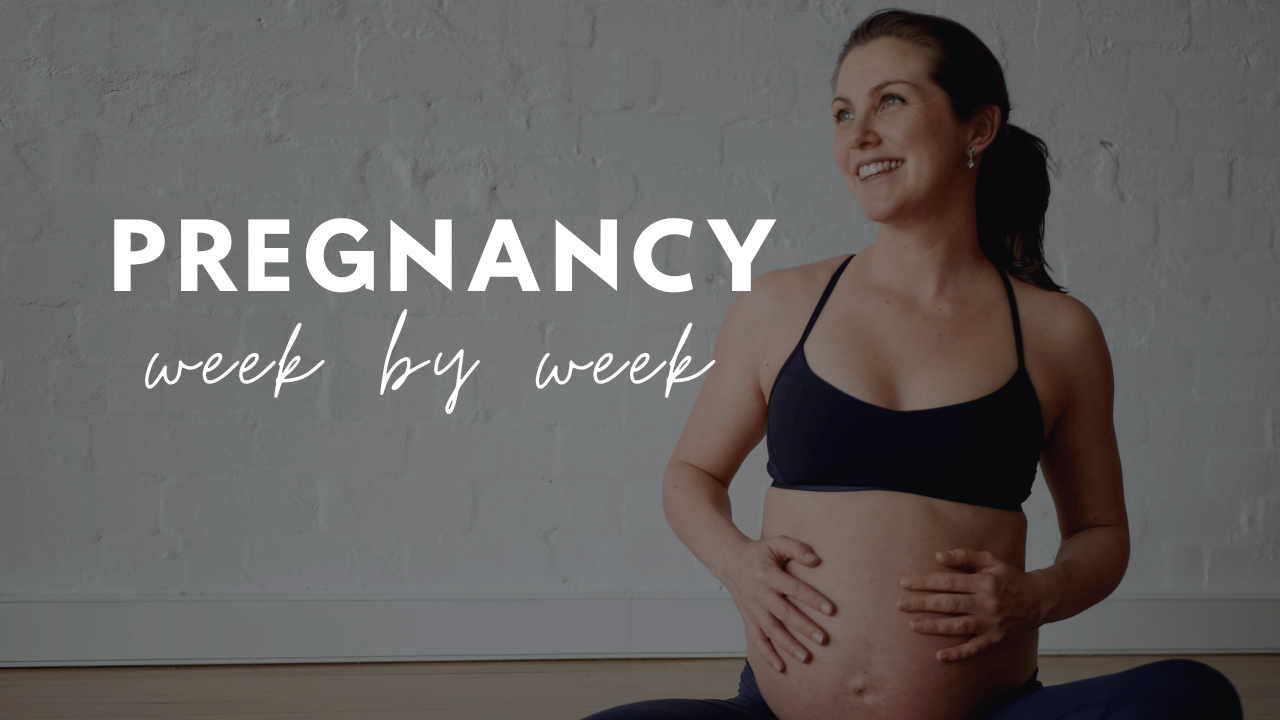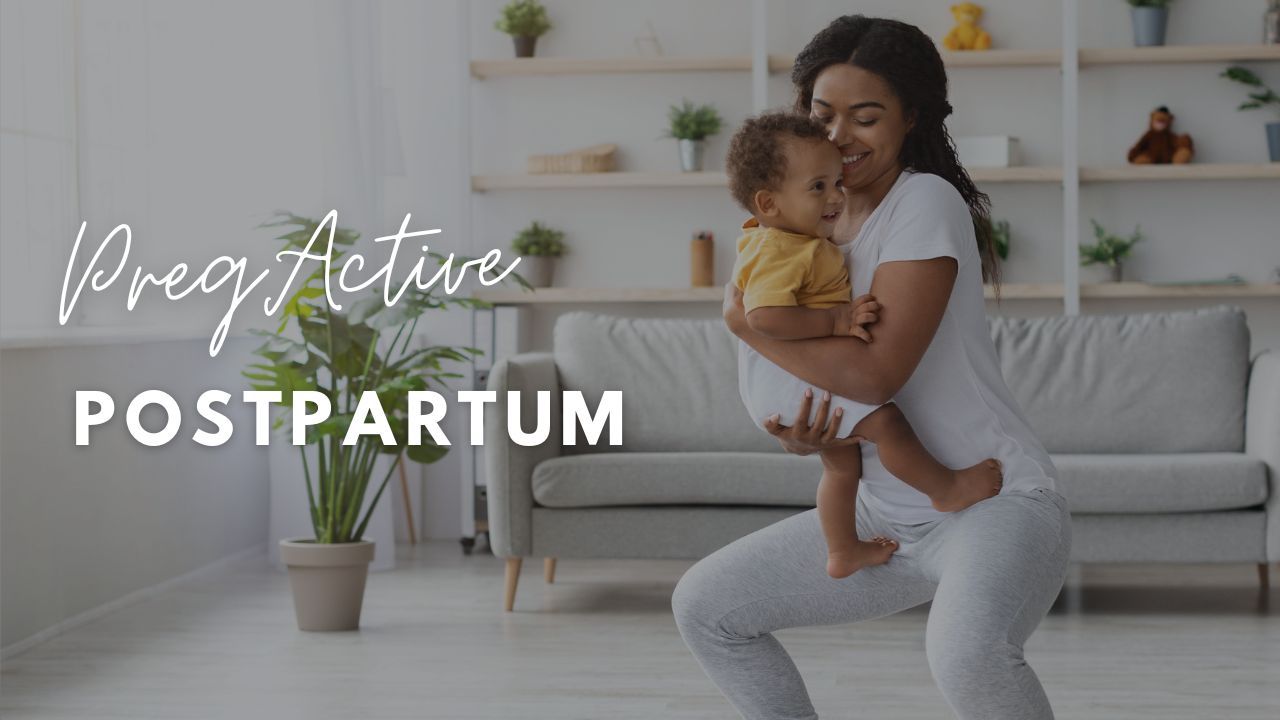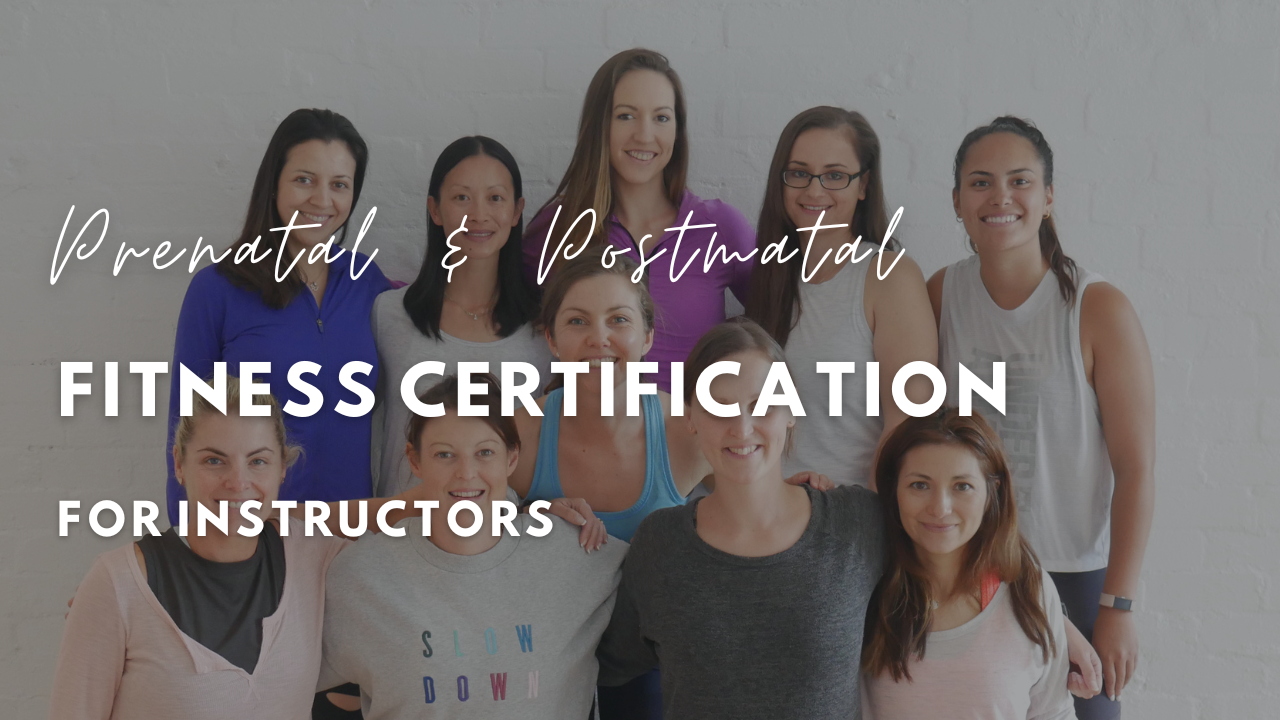How to Optimize Baby Position for Childbirth
How to Optimize Baby Position for Childbirth
Mother's positioning and movement can actually have an effect on the way the baby lays in the womb in the final stages of pregnancy.
This podcast helps provide tips to help inform pregnant women of the things they can do to help optimize their babies position in pregnancy.
Why is it Important?
Optimizing your baby's position in the last weeks of pregnancy dramatically increases your chances of a smoother, faster, and less painful labor (and reduces the risk of back labor, prolonged labor, or cesarean).
The ideal position is Left Occiput Anterior (LOA) or Occiput Anterior (OA) — baby head-down, facing your back (or slightly to your left side), chin tucked.
What you Can Do from 32 Weeks Onward
1. Forward-Leaning Postures
Sit on a birth ball instead of a sofa whenever possible.
Kneel on the floor leaning over the ball or a couch.
Sit backwards on a chair (straddling it, chest resting on the backrest).
Avoid reclining or semi-sitting on couches (the 'sofa slump' tilts pelvis backward → encourages baby to go posterior)
2. Avoid Deep Squatting Until Labor Starts
Deep squats open the outlet (great in labor) but can open the inlet too much early on and let baby settle occiput posterior. Stick to supported mini-squats or tailor-sitting.
3. Sleep on Your Left Side
Right-side lying is okay, but left side is best for blood flow and slightly encourages baby to rotate anterior.
4. Pelvic Tilts and Cat-Cow Every Day
20–30 cat-cows on hands and knees daily
Standing pelvic tilts against a wall
Optimal Baby Position during Labor
This video is dedicated to the optimal baby position. So let's chat about optimal baby position for your labor and delivery.
Listen to this incredible Podcast as we interview Dr James Evans on Optimizing Baby Positioning to help all pregnant women around the world.
Listen to Podcast > (duration: 29:27)
Different Positions Baby Can Be In:
1. Head down (LOA and ROA)
2. Breech (many different types of breech)
3. Transverse
Birthing Ball Exercises for Childbirth
What is the Best Position for a Baby to Be in?
On the left side of the uterus there is more space which encourages the baby to tuck their head under and have an optimal size of their head facing downwards.
This is why the LOA, or Left Occiput Anterior position is the most ideal.
Compared to the right side where there is the liver which means less 'curve' for the baby to tuck its head under, resulting in a deflexed position (more neutral position), and a bigger broader part of the head facing down, which is not as optimal
Left Side Lying
Lying on the left side is recommended to reduce compression of the inferior vena cava (which is the vein the provides nutrients and oxygen to the baby).
In saying that, if you are not comfortable switch side. Put a pillow between knees and ankles / feet, as this helps keep balance in the pelvis rather than just a pillow between the knees.
Hugging a pillow at the chest can also help reduce thoracic outlet syndrome in form of carpal tunnel, as often mothers curl at their shoulders and tuck in.
Focus on Baby Positioning
It's important from week 20 to seek care from a qualified health care professional to help with analyzing your body’s positioning and what’s tight or weak.
From weeks 27 to 32 is the optimal time to really ensure you are helping to encourage baby to head down as there is still space for bub to move
From weeks 36+ there is much less room for bub to move around
Techniques to Optimize Baby Positioning
1. Forward leaning inversion: using gravity to release tension from the uterus
2. Side lying release - weight of the leg to stretch the glutes on either side. Used a lot in labor to open and make more movement in the pelvis during labor.
Forward Leaning Inversion Tips on Sitting
We sit so much in our day, which is why in pregnancy it's important to be mindful of it as it can have an impact on how your baby is encouraged to sit in your uterus. As the baby will respond to the space they are in.
General principles for sitting there is no one position that is great for you for long periods of a time, these are some good positions:
- Sitting on a ball
- Sitting on an inflatable disc
- Standing
- Having chair tiled forward
The goal when sitting is to have the knees lower than hips, allowing pelvis to roll forward. This opens up your hips for baby to sit a little bit more forward, encourages lower back to engage and your chest to sit over your hips.
Slouching on the couch is taking you from sitting on your sit bones to sitting on your tailbone.
Things you can do to help are:
- Air pillow
- Avoiding the slouch position
- Fetal Stations and Dystocia
- Fetal Stations is talking about where is baby in the pelvis during labor.
Knowing this can help to optimize your positioning with the aim of moving to help open the pelvis and assist the baby down.
Fetal Stations: (-3, -2, -1, 0, +1, +2, +3, +4)
Dystocia is when the baby gets stuck along the way, which often leads to Cesarean.
Encouraging people to know where baby is in the pelvis
Self-Care Tips for Women
Relaxing mind and body, particularly in the third trimester is so important. Go for a walk, focus on one thing, relax mind and body. Turn off the TV after dinner and have some quality time with your partner and for yourself.
Are you preparing for childbirth and looking to create a more empowering experience?
In my online birth preparation program, we delve into the importance of optimizing your baby's position for a smoother delivery.
Discover expert tips and techniques that can help you encourage optimal fetal positioning, reduce labor complications, and enhance your overall birthing experience.
Our Community of Mamas
Join us as we explore different positions, exercises, and practices that can aid in aligning your baby for birth.
Whether you are a first-time parent or adding to your family, this video will provide valuable insights to help you feel more in control and confident during labor.
Don't forget to subscribe for more empowering childbirth content and share this with expecting parents who could benefit from these essential tips.
Let's make your childbirth journey a positive and memorable one!
Red Flags That Baby Might Be Posterior or Suboptimal
1. Intense back pain in late pregnancy.
2. Baby kicks felt mostly in front.
3. Heartbeat heard high and to the sides on Doppler.
4. Belly looks “tall” rather than wide and low.





